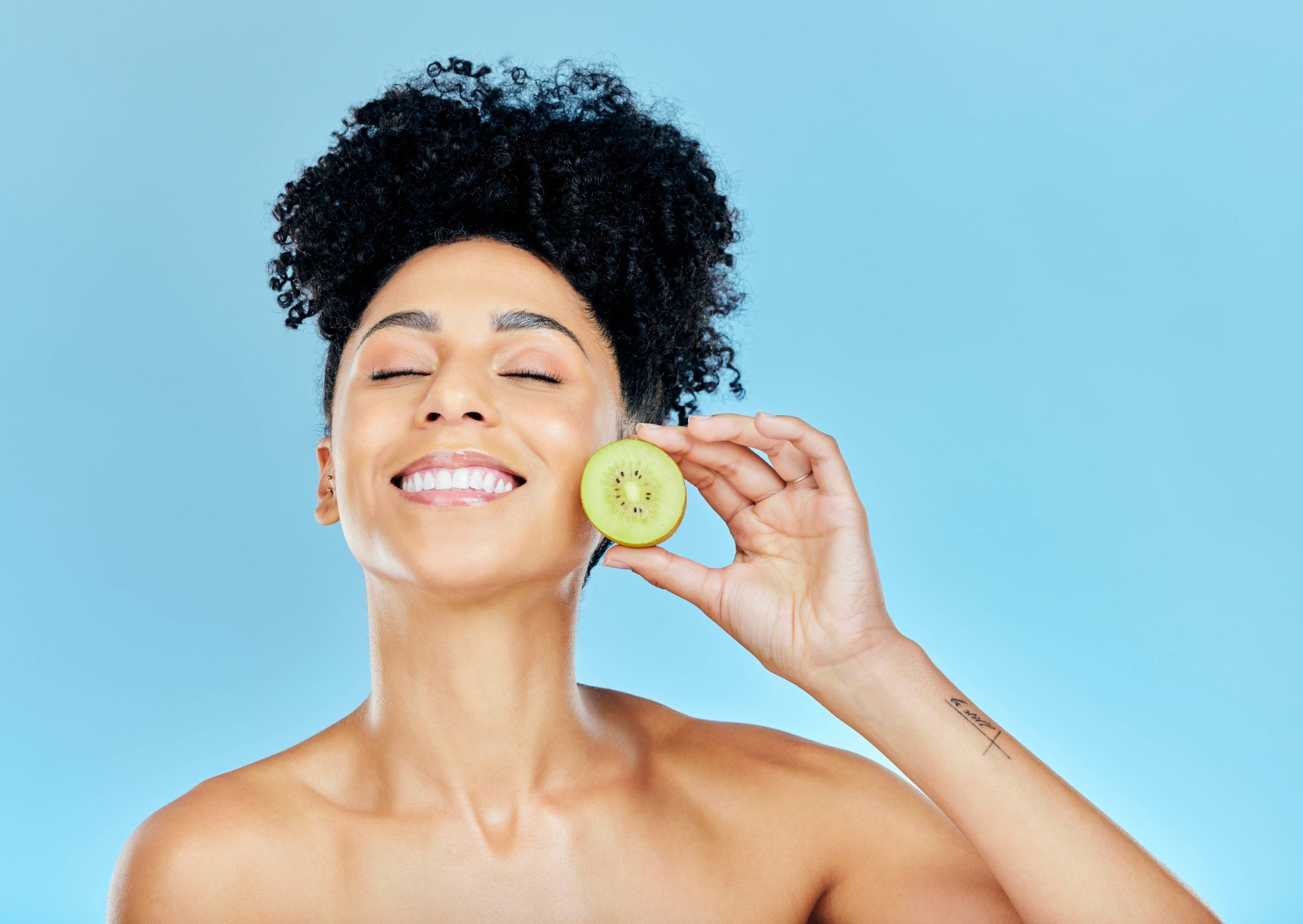
In the world of skincare, the quest for clear, radiant skin is a journey many embark on. Among the common skin concerns are blackheads, whiteheads, and excess sebum production. These issues can be frustrating, but the good news is that you can tackle them with a simple, homemade face mask. In this blog post, we’ll explore how to create your own face mask using natural ingredients that are effective in combating these pesky skin problems.
Understanding the Problem
Before diving into the DIY face mask recipe, it’s essential to understand what blackheads, whiteheads, and excess sebum are and why they occur.
Blackheads are small, dark lesions that appear on the skin, often on the face and neck. They are a type of acne caused by clogged hair follicles. When the skin’s natural oil, known as sebum, and dead skin cells accumulate in the opening of a hair follicle, they form a bump called a comedo. If the skin over the bump opens, exposure to air causes it to look black, hence the name blackhead.
Whiteheads are similar to blackheads but remain closed at the surface of the skin. They appear as small, white bumps and are also caused by clogged pores. Unlike blackheads, whiteheads are not exposed to air, so they do not oxidize and turn black.
Excess sebum production can lead to oily skin, which is a breeding ground for acne. Sebum is an oily substance produced by sebaceous glands to keep the skin moisturized. However, when these glands produce too much oil, it can lead to clogged pores and acne.
The Power of Natural Ingredients
Creating a face mask at home allows you to control the ingredients and avoid harsh chemicals that can irritate the skin. Here are some natural ingredients that are particularly effective in addressing blackheads, whiteheads, and excess sebum:
1. Clay: Clay is a natural detoxifier that absorbs excess oil and impurities from the skin. Bentonite and kaolin clay are popular choices for oily and acne-prone skin.
2. Activated Charcoal: Known for its ability to draw out toxins, activated charcoal can help unclog pores and remove impurities.
3. Tea Tree Oil: This essential oil has antibacterial properties that can help reduce acne-causing bacteria on the skin.
4. Honey: Honey is a natural humectant, meaning it helps retain moisture in the skin. It also has antibacterial properties that can help reduce acne.
5. Lemon Juice: Rich in vitamin C, lemon juice can help brighten the skin and reduce excess oil. However, it should be used sparingly as it can be irritating for some skin types.
6. Aloe Vera: Known for its soothing properties, aloe vera can help calm irritated skin and reduce inflammation.
DIY Face Mask Recipe
Now that we know the benefits of these natural ingredients, let’s create a DIY face mask to combat blackheads, whiteheads, and excess sebum.
Ingredients:
– 2 tablespoons of bentonite clay
– 1 teaspoon of activated charcoal
– 1 teaspoon of honey
– 2-3 drops of tea tree oil
– 1 teaspoon of lemon juice (optional)
– 1 tablespoon of aloe vera gel
– Water (as needed)
Instructions:
1. Mix the Dry Ingredients: In a small bowl, combine the bentonite clay and activated charcoal. Mix well to ensure there are no lumps.
2. Add the Wet Ingredients: Add the honey, tea tree oil, and aloe vera gel to the dry mixture. If you choose to use lemon juice, add it at this stage. Mix until you have a smooth paste.
3. Adjust Consistency: If the mixture is too thick, add a few drops of water until you reach the desired consistency. The mask should be thick enough to stay on your face without dripping.
4. Application: Before applying the mask, cleanse your face thoroughly to remove any makeup or dirt. Apply the mask evenly over your face, avoiding the eye and mouth areas.
5. Relax and Wait: Allow the mask to sit on your face for 10-15 minutes. You may feel a slight tingling sensation as the mask works its magic.
6. Rinse Off: Once the mask is dry, rinse it off with lukewarm water. Pat your face dry with a clean towel.
7. Moisturize: Follow up with a light, oil-free moisturizer to keep your skin hydrated.
Tips for Best Results
– Patch Test: Always perform a patch test before applying any new product to your face to ensure you don’t have an allergic reaction.
– Frequency: Use this mask once or twice a week, depending on your skin’s needs. Overuse can lead to dryness or irritation.
– Sun Protection: If you use lemon juice in your mask, be sure to apply sunscreen before going outside, as lemon juice can make your skin more sensitive to the sun.
Conclusion
Creating your own face mask is a cost-effective and natural way to address blackheads, whiteheads, and excess sebum. By using ingredients that are gentle yet effective, you can achieve clearer, healthier skin. Remember, consistency is key, and it’s essential to maintain a regular skincare routine for the best results. Enjoy your journey to radiant skin!
